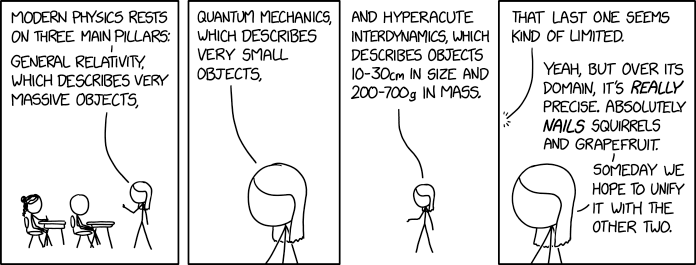"You can hug it out, or you can pick up a bat."
I also added both books discussed in the post to my to read list: Every Day Is Sunday: How Jerry Jones, Robert Kraft, and Roger Goodell Turned the NFL into a Cultural & Economic Juggernaut by Ken Belson, and Lords of the Realm (about baseball) by John Helyar.
Also, I don't know who Maggie Nelson is (I am old), but I thought this was a really good piece of criticism of her new book: Maggie Nelson Sputters And Stalls In ‘The Slicks’, which is apparently a (hamhanded and faily) attempt to parallel Taylor Swift with Sylvia Plath. I mean, I'm not going to lie, I enjoy many of TSwift's songs and I'm not a huge fan of Plath's work, but come the fuck on!
Anyway, I continue to find my subscription to Defector worth it, even if I don't read it as often as I'd like.
In other news, I was up early this morning, because the super said he was going to stop by to install my new apartment doorbell (when they put in this app-based front door system, it for some reason caused the bells at the apartment doors to stop working), but he hasn't shown up yet, and I'd be very surprised if he does at all. Oh well, I will try again when I'm off next week. Maybe 3rd time is the charm!
*



